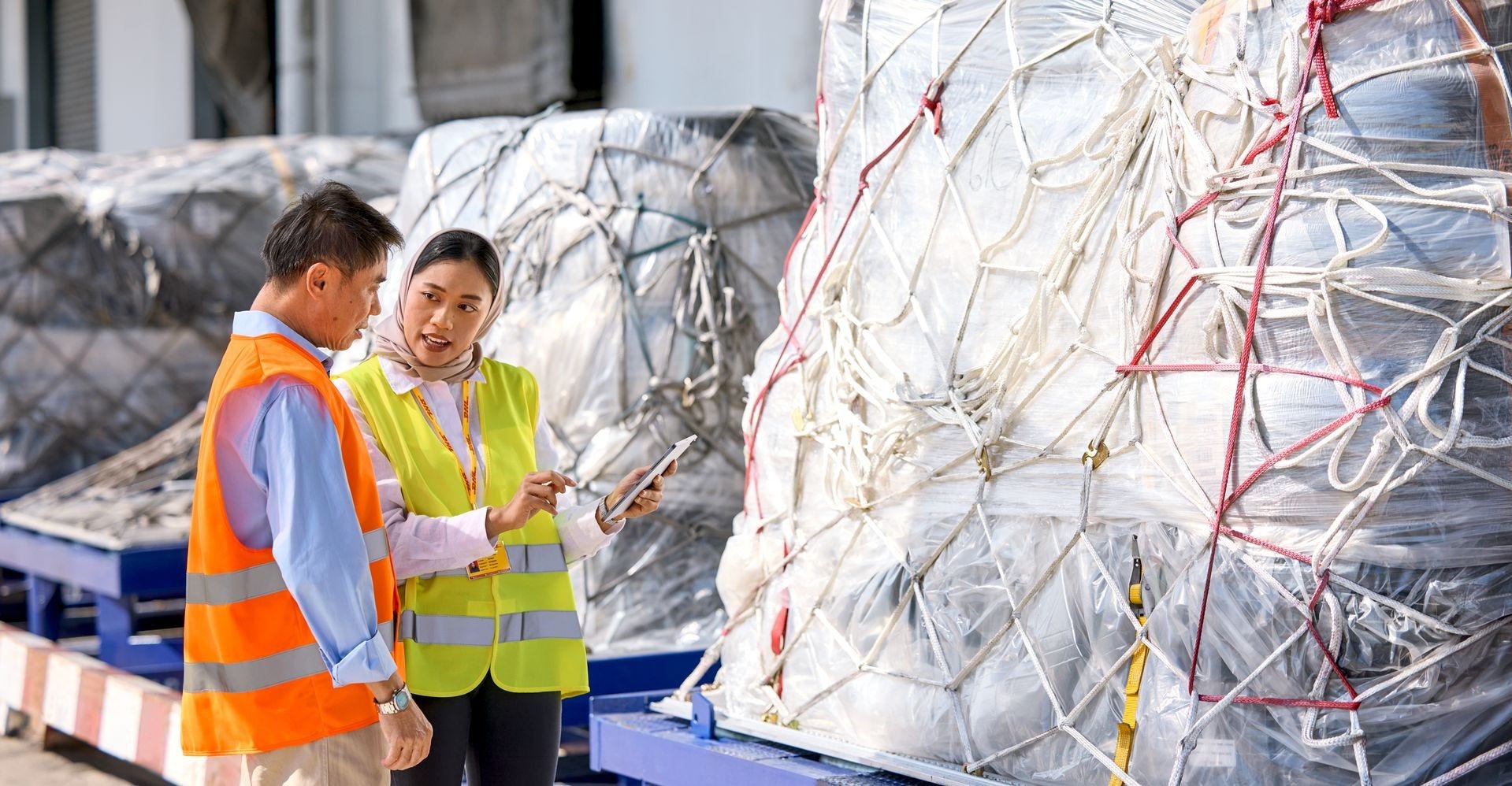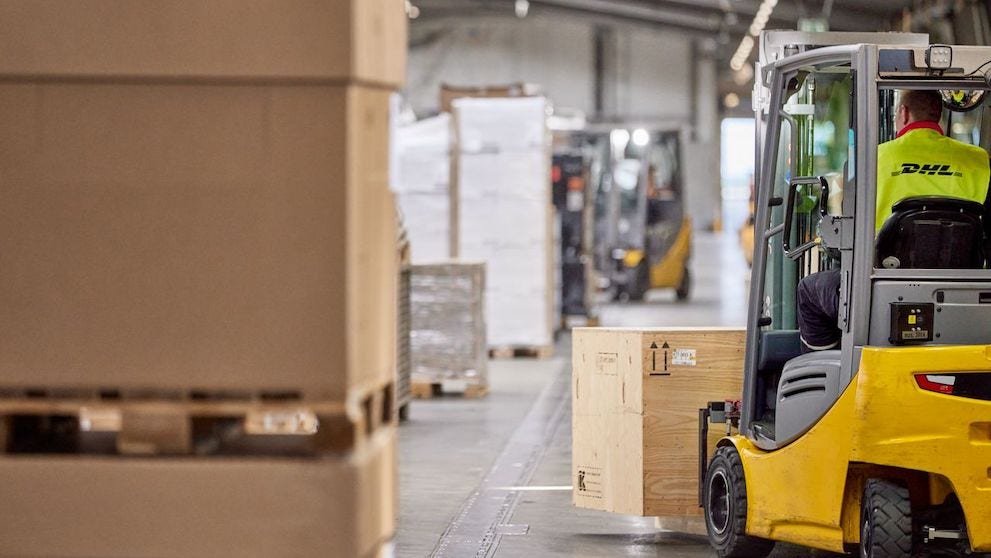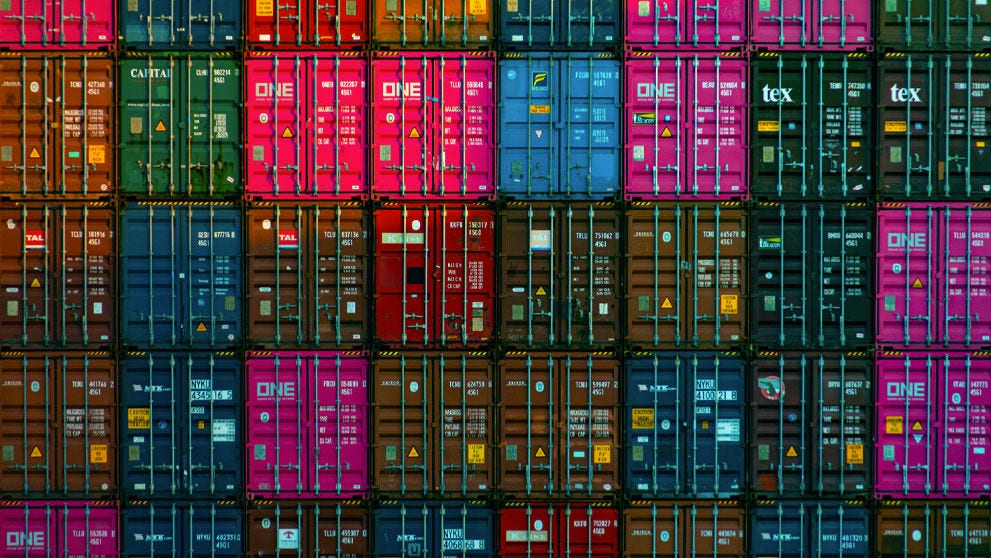
The constant volatility of trade policy can be a daunting challenge for businesses operating globally. Given Singapore's status as a premier international trading hub, with supply chains spanning Asia and the U.S., staying informed about regulatory shifts is not just prudent — it is essential for survival. This guide serves as a crucial resource for businesses navigating U.S. tariffs, empowering you with the proactive strategy needed to maintain a competitive edge.
Navigating a volatile landscape
The landscape of U.S. tariff policy is marked by continuous and often unpredictable change. Recent developments underscore the urgency of this volatility, with ongoing legal challenges to existing measures. For Singaporean businesses, this instability already has direct financial consequences; for instance, the 10% baseline duty on imports (effective 5 April 2025)1 has significantly altered cost structures2.
Beyond the established duties, further executive orders have modified reciprocal rates, and new proposals continue to emerge, creating deeper uncertainty. An example is the delayed but still pending 100% tariff on patented drugs, which risks severely impacting Singapore's S$3.7 billion annual pharmaceutical exports to the U.S.43. Ultimately, tracking and adapting to this ever-changing trade landscape is a critical challenge.
U.S. tariffs' impact on global trade
The introduction of new U.S. tariffs has also had a profound and multifaceted impact on the global economy. The consequences manifest across multiple critical dimensions:
- Supply chain disruption: Tariffs are forcing companies worldwide to fundamentally re-evaluate and adapt their supply chains, often shifting production away from traditional hubs and seeking alternative sourcing countries to mitigate costs and reduce exposure to unpredictable duties4.
- Increased costs: While tariffs are ostensibly aimed at foreign governments, the final burden is often absorbed by U.S. businesses and, subsequently, passed on to consumers. This directly impacts how tariffs affect prices, leading to higher costs for finished goods and raw materials alike.
- Market volatility and uncertainty: Unpredictable U.S. tariffs on imported goods lead to market instability. This makes it extremely difficult for businesses to manage price risks, secure favorable trade terms, and plan effectively for the future, highlighting the risk of relying on a static trade tariff approach.
- Shift in trade flows: The new tariffs cause a massive redirection of global trade, forcing countries and businesses to divert billions of dollars in goods away from the U.S. market toward alternative consumer markets worldwide5.

Resources to keep you up to date
Given the impact and unpredictability of U.S. tariffs, strategic business planning hinges on real-time intelligence. To stay ahead of the curve, you must monitor authoritative sources that offer both official data and objective economic analysis, such as the following:
- DHL: As a major logistics provider, DHL offers its own insights, resources, and expert guidance to help businesses navigate trade changes and simplify customs processes. For continuous updates and analysis, consult the official DHL US tariff resource hub.
- The White House: As the source of executive orders and official announcements, this is the primary resource for understanding new tariff policies and trade frameworks.
- Tax Foundation: This organization provides non-partisan analysis on the economic impact of tax policies, including tariffs, helping businesses understand who ultimately bears the cost.
- J.P. Morgan Global Research: Offers in-depth economic analysis and forecasts on how tariff changes will affect global markets, trade flows, and specific industries.
- Reed Smith: A global law firm with a trade compliance resource hub that provides detailed legal analysis, litigation updates, and a "tariff tracker" to help businesses navigate complex regulations.
- S&P Global: Provides economic forecasts and analysis on how U.S. tariffs impact different regions (e.g., Asia-Pacific), helping businesses understand the broader market context.
Your strategic advantage in global trade
In an environment where a single policy update can shift the cost structure of an entire supply chain, being proactive and informed is your greatest strategic advantage.
This requires effective partnership. DHL Express is more than just an international courier; we are a strategic partner equipped to help Singaporean businesses not only track but also adapt to these changes. Our services provide the essential expertise and seamless connectivity needed to navigate the challenges presented by the U.S. customs tariff and incorporate vital international shipping tips for smooth transit.
















































